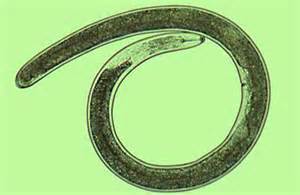
The World of Worms… Part 2 of 3
In the first article of this series we discussed the how unpleasant the subject of worms were but how beneficial many species are to our environment. We highlighted the flatworms and this week we will look at the roundworms. There are a variety of round-shaped...
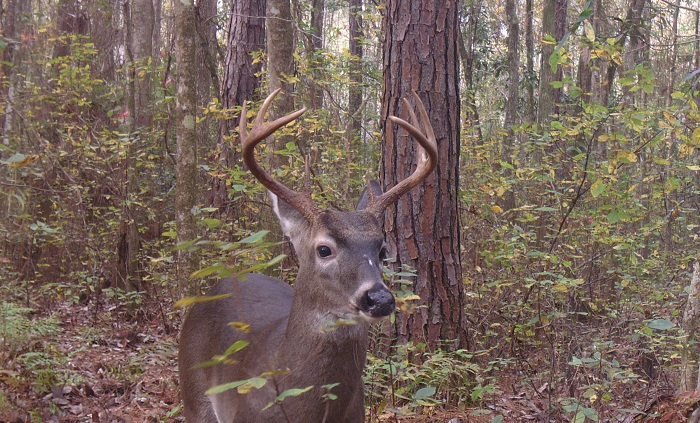
Now’s the Time to Start Preparing for Hunting Season
The temperature might still be in the 90s but the kids are back in school and football season is starting soon; that means fall is coming and with it, the beginning of hunting season. Here in northwest Florida archery season for deer and turkey begins October 24....
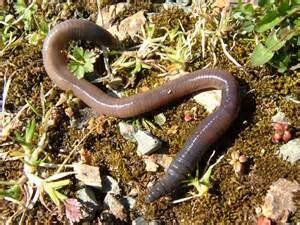
The World of Worms… Part 1 of 3
I am afraid worms are not the most pleasant topic to write about but few people know much about them. I was once told when I was a student that if you wanted to become known as a scientist study worms, no one else is. When we hear the term "worm" negative...
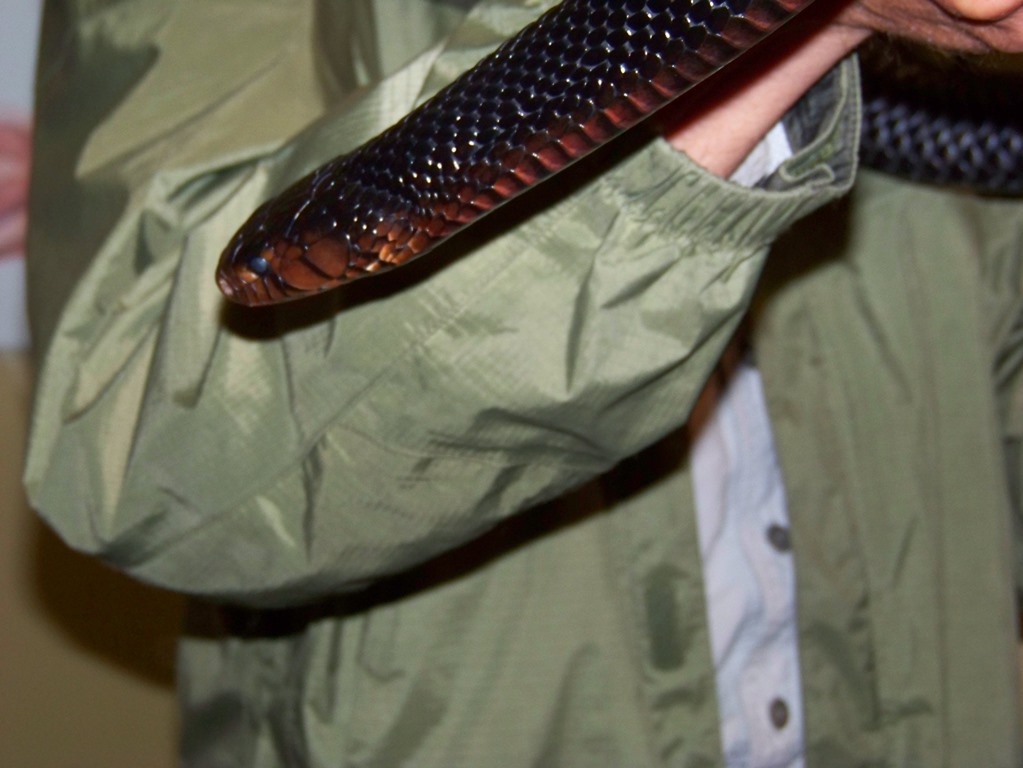
Bringing the Indigo Back to the Panhandle
With great interest I read this week that the Orianne Center for Indigo Conservation in central Florida has begun a project to reintroduce the federally listed Eastern Indigo Snake (Drymarchon corais cooper) to the Florida Panhandle; where there have been no verified...
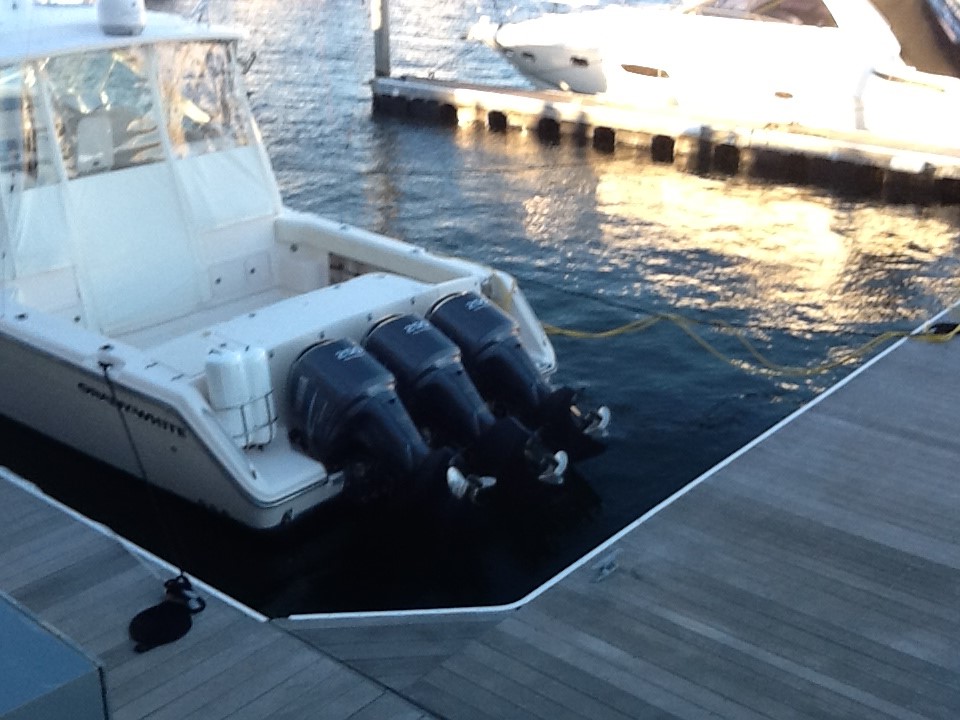
E-15 Gasoline is Here… marine motors and lawn care providers should be aware
Okay... Let's start at the beginning. We began drilling oil over 100 years ago. The crude was refined into kerosene, gasoline, plastics, and other products that have completely changed our lives. A huge international industry developed from the drilling and employed...
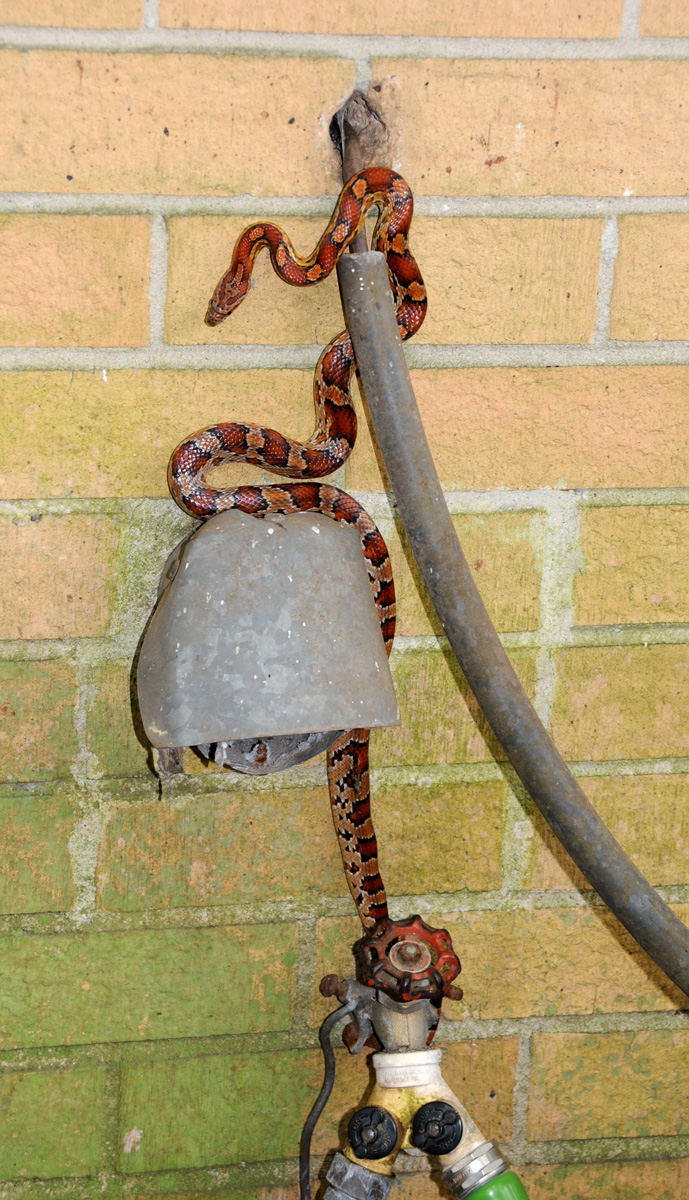
Do Constricting Snakes Really Kill Their Prey by Suffocation?
Most people, including myself, have been taught this. Snakes are in an unusual situation of trying to kill prey with no hands or claws. A few can inject venom, others either swallow it whole (such as an egg) or the coil around their prey “suffocating” it – or so we...
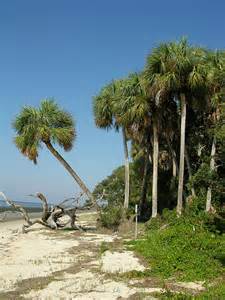
The Mystery on Seahorse Key
First let me explain that Seahorse Key is not in the Florida Panhandle but the story is interesting and a similar phenomena could occur here. Seahorse Key is an isolated island 3.6 miles southwest of Cedar Key in Florida's Big Bend. There is a science lab owned and...
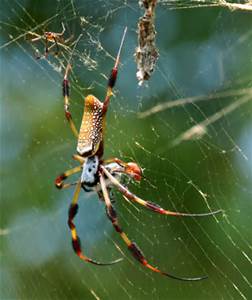
The Giant Banana Spiders – part of our panhandle summer
TELL ME NO! Please tell me these huge spiders are not a part of our summer. People are afraid snakes… that’s a given - but there are just as many afraid of spiders. Honestly, after years of leading field hikes into the north Florida environment, when we encounter a...
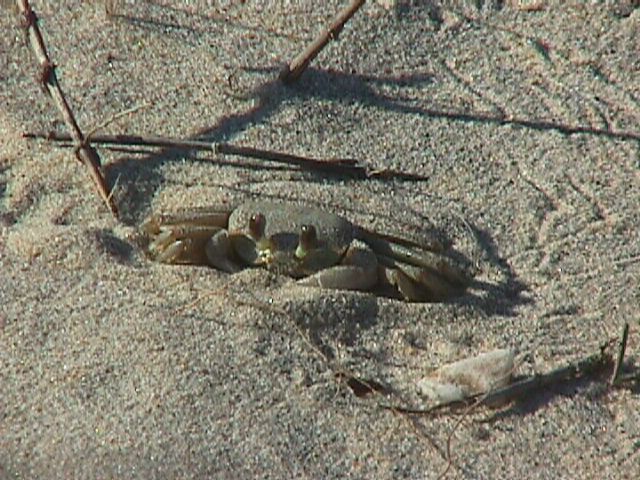
Ghost Crabs… raiders of the night
For locals along the coast ghost crabs are as common as mockingbirds and mourning doves. Before Ivan, when the dunes were larger and closer to the road, viewing the white crabs scouring across the road at night in your headlights forced all into defensive...
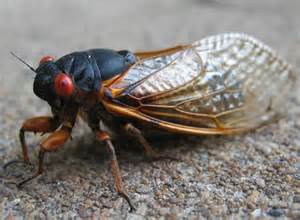
The Sweet Sound of Summer – Cicadas
I was sitting on my back porch late in the afternoon this past week enjoying the breeze and the sunset when the familiar sound of the bugs some call “locust” began their buzzing songs. Not all would agree with me but I really enjoy the sound of these animals. They...
